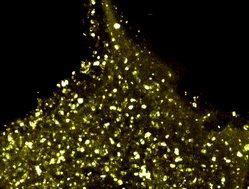Hydrothermal seeded synthesis of mesoporous titania for application in dye-sensitised solar cells (DSSCs)
Abstract
A modified-templated-hydrothermal technique was used to prepare mesoporous titania powders through the interaction of tiny anatase seeds (<5 nm) with block-


 Please wait while we load your content...
Please wait while we load your content...